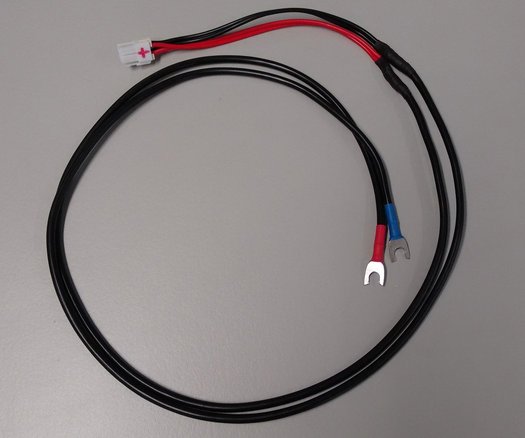Help me! Low Power on my TS-590S(G)
Once in a while I get emails with the very same questions:
My power meter shows only 20 W watts in SSB. What’s wrong with my TS-590S?
My amplifier needs 90 W for full output power, but with my TS-590S set to 100 W, I only get 60-70% of the full output. Can you help me?
(Add random question about TS-590S output power)
Here is a short list of things to check, if you think the output power of your TS-590S is weak:
-
Check the power cable and supply voltage. My original power cable, which came with my TS-590S back in 2012, was really a mess. The fuse holders were crappy, the junctions between the twin-leads and the single-leads were crappy and the crimp contacts within the connector were crappy. The result was a voltage drop of 2.4 V on the power cable at 100 W output power and 13.8 V on the power supply. So the supply voltage within the TS-590S was only 11.4 V, which resulted in a massive power drop-off. Since then, I use a self-made power cable with a cross-section of 10 mm² (about 7 AWG), power lugs at the power supply, soldered contacts within the connector and no fuse holders. The voltage drop is now below 200 mV, even at full output power.

My TS-590S power cable -
Check your SSB audio setup. Use this HowTo of G3NRW’s TS-590 Resource Page for proper settings.
-
Don’t think the speech processing can give you 50 W average power in SSB. Please read my notes about the efficiency of the TS-590S speech processor.
-
Make sure, you have a TS-590S with the Kenwood ALC modification.
-
Please be aware of the fact, that the internal power meter of the TS-590S is too slow to show the voice peaks in SSB transmissions. This is a really poor implementation of a power meter, but that’s unfortunately a shortcoming TS-590S(G) users have to deal with. Buy a good peak and average reading power meter to see the peaks and your average output power. I’m using the Telepost Inc. LP-100A.
-
If your TS-590S (not TS-590SG) still has low power issues, let a Kenwood Service Center check the TX section. First models might have a wrong factory alignment with too low bias current for the amplifier FETs. In the first place, a low bias current may cause higher TX IMD products, but if the TX section is misaligned in general, a power drop-off may be possible as well.